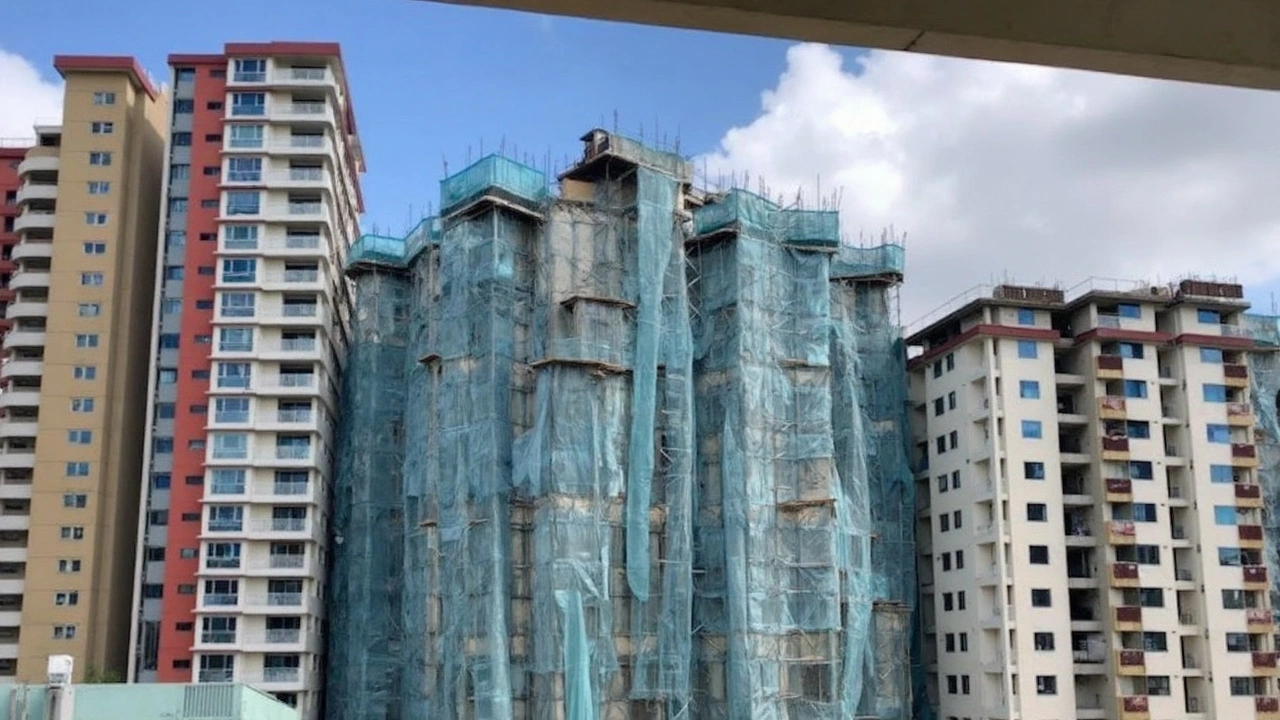Court Intervenes in Kileleshwa High-Rise Developments
The Nairobi Land Court has recently taken decisive action against several high-rise projects in Kileleshwa, a prime residential area. The court has set a maximum building height of 16 floors, addressing violations of previously established zoning restrictions. This ruling stems from legal challenges initiated by the Rhapta Road Residents Association, who argued that some developments in the area breached regulations that previously capped building heights at just four floors.
The court's decision affects construction ventures with a collective value exceeding Sh20 billion. These projects now face significant hurdles, with investors and developers potentially incurring costly penalties for delays due to non-compliance. At the heart of the controversy are several pressing community concerns, such as the risk of water shortages, amplified noise pollution, and increased security threats linked to the high-density developments.
Community Concerns Clash with Developer Plans
The legal proceedings highlight deep-rooted tensions between community groups and developers in Nairobi's rapidly evolving urban landscape. Residents express anxiety over the strain such ambitious building projects place on already pressured local infrastructure and resources. With water scarcity becoming a frequent issue, many Kileleshwa inhabitants worry about the future sustainability of their neighborhood under the weight of denser housing developments.
Moreover, concerns about noise levels, especially during construction, and the prospect of heightened security challenges, underscore the community's resistance to these high-rise projects. They argue that the escalation in the local population could both diminish their quality of life and transform the character of their neighborhood, originally intended as a lower-density area.
On the other side of the debate, developers like Lovi Ventures and Medina Palm Development maintain that they adhered to all necessary regulatory approvals from local authorities. They assert that accusations of non-compliance with environmental and zoning laws are unfounded, claiming that their projects were greenlighted as part of Nairobi's broader real estate boom.
The court's intervention in Kileleshwa is part of a broader conversation on urban planning and development in Nairobi. It underscores the challenges of balancing aggressive real estate growth with community-centric urban planning, forcing stakeholders to re-evaluate the priorities in managing the city's expansion. This case may just be the tip of the iceberg for similar future conflicts, as Nairobi continues to grapple with the demands of development versus maintaining livable urban spaces.


Author
Ra'eesa Moosa
I am a journalist with a keen interest in covering the intricate details of daily events across Africa. My work focuses on delivering accurate and insightful news reports. Each day, I strive to bring light to the stories that shape our continent's narrative. My passion for digging deeper into issues helps in crafting stories that not only inform but also provoke thought.